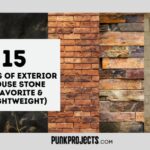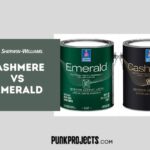Are you thinking of transforming the outside of your house? types of exterior house stone is the key! With lots of types of stone available, it can be tricky to pick the right one. This article can help!
You’ll learn the various kinds of stone and their uses, plus some extra tips for selecting exterior house stone. Get ready to choose the perfect stone for your home!
Limestone
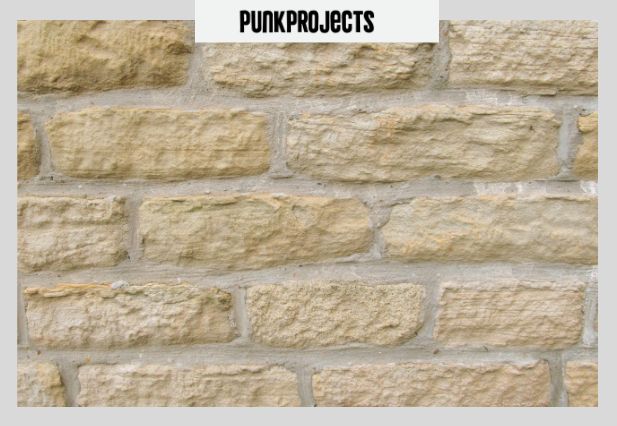
Limestone is a sedimentary stone made mostly from calcite. It’s great for hot weather, and can come in many different textures. Smooth-textured is the most common. Its colour ranges from light beige to dark hues like dark grey, tan or pink, depending on where it’s quarried.
Installing it is quite simple, making it a favourite among DIYers. Plus, maintenance is minimal and it can resist staining and discoloration if sealed properly.
Granite
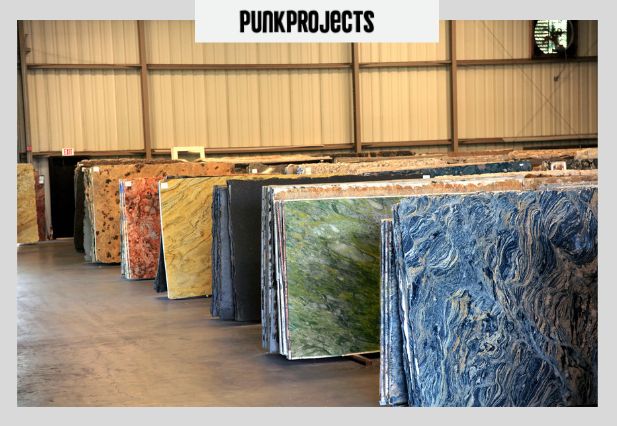
Granite is often used for exterior house stone. It’s extremely durable and can withstand extreme temperatures. Generally, it’s gray in color. However, there are many other options available.
Granite is pricier than other types of house stone because of its longevity and popularity. It comes in tiles or slabs, with unique shapes and personalized designs carved into the stone.
Sandstone

Sandstone is a popular, versatile natural stone for use as an exterior cladding material. It comes in many colors and textures, perfect for homeowners looking to add visual interest to their outdoor space.
It can be used for patios, walkways, driveways, staircases and more. It is durable, timeless and easy to care for. It also withstands harsh weather, like Canadian winters. Plus, it is low-maintenance and slip-resistant.
If you’re looking for warm earth tones, or bold shades of grey or brown, sandstone pavers are sure to add charm to your home’s exterior.
Slate
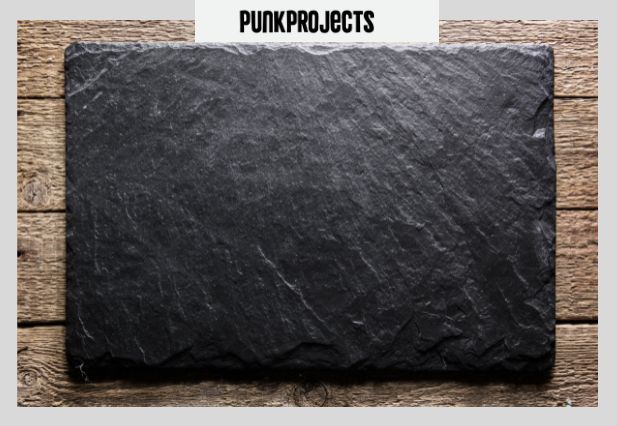
Slate is a popular choice for house exteriors and roof. It’s a natural stone, and it looks timeless. It comes in multiple colors and textures. The darker, more uniform patterns are the classic look.
Slate can be rough, great for traction on raised walkways. Or it can be polished to a smooth finish. It’s mold-resistant, weather-resistant and fire-resistant. This low-maintenance material needs regular inspections, because freezing temperatures can make the tiles crack. Some slates are harder than others, but it’s much less likely to chip or crack than marble or limestone.
Fieldstone
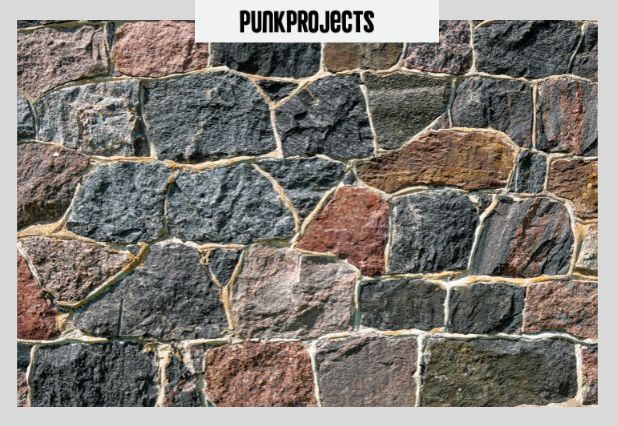
Fieldstone is a sedimentary stone that is often used for cladding exteriors. Its uneven shape and texture give a rustic, timeless look. It can be used in many ways; like accent walls, fireplaces, hearths, and even walls. Its texture is distinct, making it stand out from other exteriors.
Fieldstone lasts long with minimal upkeep. Plus, it comes in various sizes and shapes. This makes it perfect for big projects, where making symmetry is hard. With a multitude of options, it adds a personal touch to your home’s outside design.
River rock

River rock is a type of exterior house stone. It is made of small, smooth stones found in riverbeds. It is known for its round shape and smooth texture. It is most often used around bathroom and swimming pools due to its non-slip surface. It comes in many frost-resistant colors – from white to mauve and purple. Most stones are 1-3 inches in size.
They are great for adding texture and accents to patios or walkways, or for making water features, like ponds or waterfalls. River rock is usually durable and weatherproof. However, it can erode over time with drastic temperature changes.
Flagstone
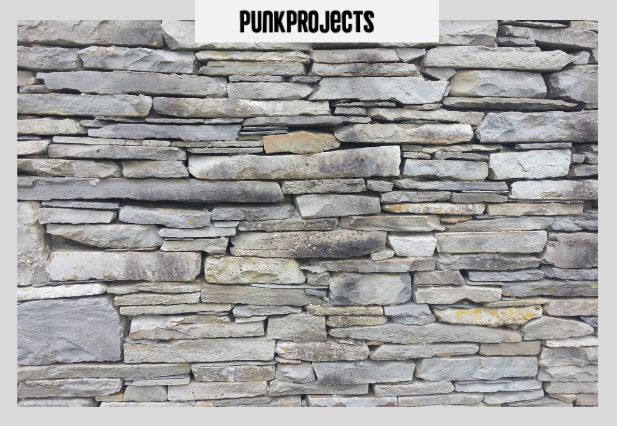
Flagstone is a popular type of natural stone used for exterior house siding. It’s a sedimentary rock with quartz and feldspar. It’s found near large bodies of water.
Flagstone comes in many colors; black, gray, brown, beige, rust, or red. Its high quartz content gives it an intricate design, which gives houses an old-world look. It’s also very durable and can withstand temperature extremes.
Brick (Favorite)
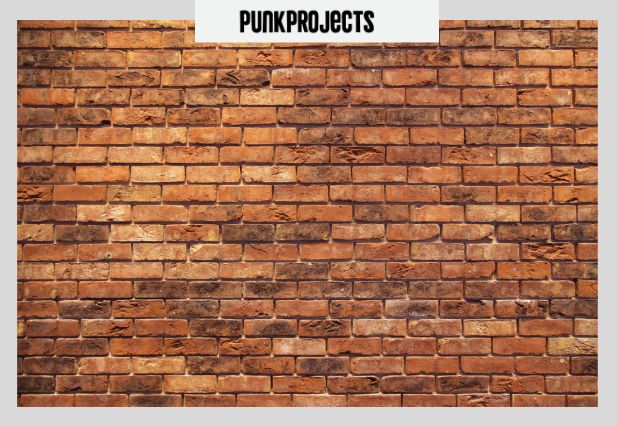
Brick is a top choice for home facades due to its durability, low maintenance, and affordability. Plus, it adds texture and character to any exterior.
There are many types of brick – clay, concrete, stone veneer, and glazed. Clay brick is natural and can be produced to fit any design. Concrete bricks can be colored or textured for a unique look. Stone veneer bricks give an authentic stone look, but at a lower cost. Glazed bricks come in various colors and sizes and have a glossy finish.
Cultured stone (Lightweight)
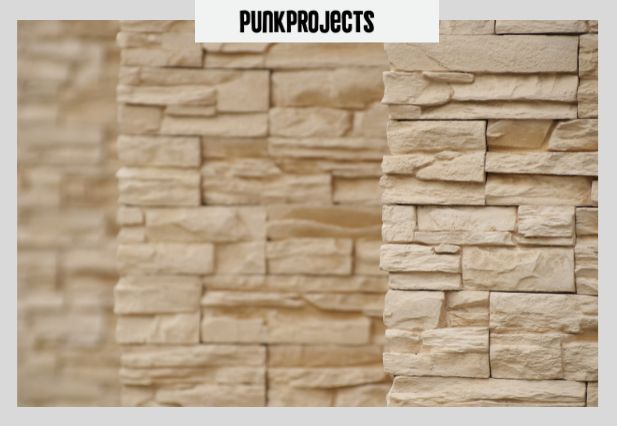
Cultured stone, also known as manufactured stone, is a lightweight and durable concrete product. It is made with various pigments and special aggregates to replicate the look, feel, and unevenness of natural rock or stone.
Most cultured stones are made from concrete mixed with volcanic ash, quartz granules, and other components to give them a natural-looking texture. It comes in styles such as ledgestone, fieldwrapped slate, flat faced ledge, irregular cut ledge, and ashlare paneled facade.
Stucco
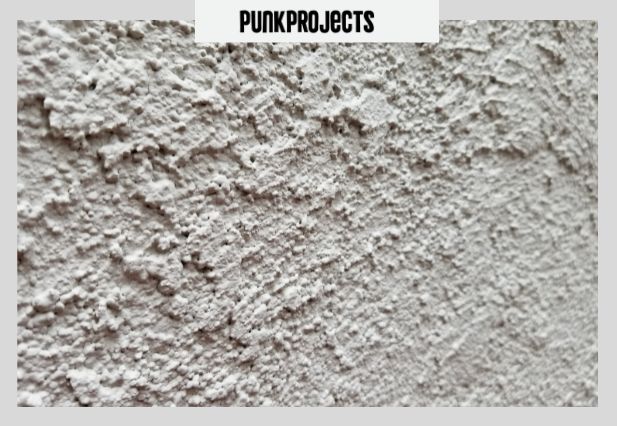
Stucco is a great choice for your exterior house stone. It’s a mix of sand, cement, hydrated lime, water, and more. And it can be reinforced with fiberglass fibers.
Stucco looks duller than other types of stone. Plus, you can get it in many colors to match the style of your home. It’s tough, so it can withstand rain, snow, hail, and temperature changes.
And it requires minimal maintenance – just a power wash once in a while. Stucco will look good for years!
Marble (Pricey)

Marble is a top-notch stone! People have used it for centuries. It comes in many colors, such as white, beige, grey, and black. It’s one of the more pricey stones due to its durability and upkeep. But if sealed and taken care of, it will last almost forever.
Some marble has visible veins or mottling; others look uniform when installed.
Basalt
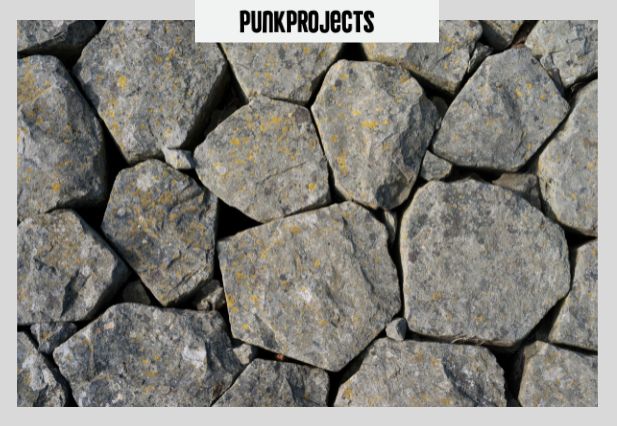
Basalt is an extrusive igneous rock. It is formed when basaltic lava cools very quickly near the surface of a planet or moon. Basalt rocks are hard and durable, making them suitable for exterior house stone. As it weathers, it can become silver-gray, rust brown, yellow-brown, or bluish-black.
It is strong and water resistant, so it is often used instead of steel and concrete in bridges, ramps, and roads. Basalt is available in various forms, like tiles and blocks. This makes it perfect for walls, chimney caps, and paving stones on walkways and patios. Onyx and quartz are often found in basalt, creating colorful products that will look great in any landscape.
Travertine
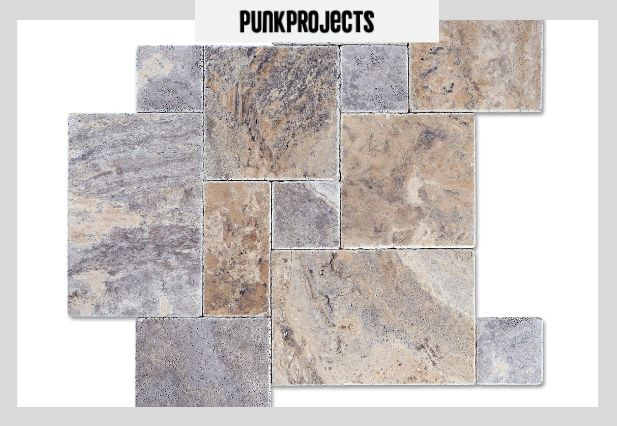
Travertine is often forgotten when it comes to stone siding on exterior walls of homes. People usually use it as flooring and countertops, not thinking of its beautiful veining as house siding compared to granite or marble.
It can be just as durable as granite or marble if sealed properly. Travertine has been a popular choice in the Middle East, especially around ancient cities like Rome. This is because it has a lower risk of cracking in climates that fluctuate from cold to hot. It’s also resistant to acid erosion and other weather elements like rain and snow. This could explain why it was used for monuments like the coliseum.
Quartzite
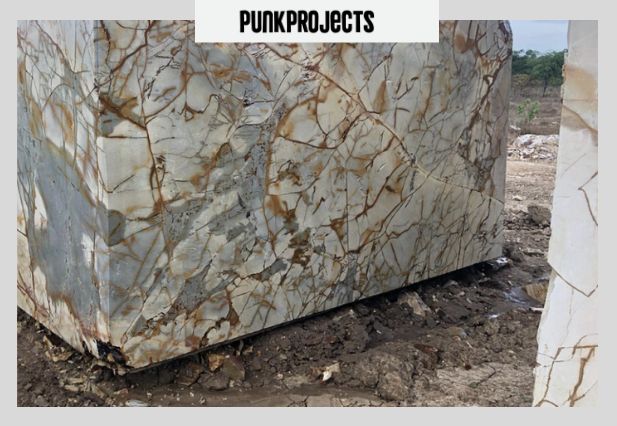
Quartzite is a metamorphic rock with many colors! From white to gray. It forms when quartz-rich sandstone or chert is exposed to intense heat and pressure. Tectonic compression within the Earth’s crust causes this.
Quartzite is often mistaken for sandstone. But, quartzite is much more durable as a stone siding. Plus, it won’t fade over time like sandstone can with UV light. The visible grains are usually well-rounded and smaller than other stones used for exterior sidings. Resulting in a smoother texture.
Frequency Ask Question
What are the advantages of using stone for exterior house cladding?
There are several advantages to using stone for exterior house cladding, including:
Durability: Stone is a long-lasting and durable material that can withstand harsh weather conditions and the test of time.
Aesthetics: Stone cladding adds a natural and timeless look to a home’s exterior, and can increase curb appeal and property value.
Insulation: Some types of stone, such as limestone, have natural insulating properties that can help to reduce energy costs.
Low maintenance: Once installed, stone cladding requires minimal maintenance and can be easily cleaned with a power washer or hose.
Fire resistance: Stone is a non-combustible material, making it a safer option for homes in fire-prone areas.
Is it possible to install exterior stone cladding on my own?
While it is technically possible to install exterior stone cladding on your own, it is not recommended unless you have experience with masonry and construction.
Stone cladding can be a complex and difficult process that requires specialized tools and knowledge, and mistakes can be costly and time-consuming to fix. It’s best to hire a professional contractor with experience in stone cladding to ensure that the job is done properly and safely.
How much does it cost to install exterior stone cladding?
The cost of installing exterior stone cladding can vary depending on several factors, including the type of stone, the size of the project, and the complexity of the installation.
On average, the cost can range from $15 to $30 per square foot for materials and labor. It’s best to consult with a professional contractor to get an accurate estimate for your specific project.
I am a multi-talented designer and contractor with over 10 years of experience in the field. I have a passion for creating beautiful, innovative spaces that reflect my clients’ needs and styles. My skills include architectural design, interior design, space planning, project management and construction supervision.
